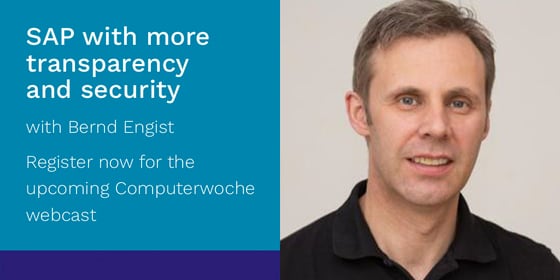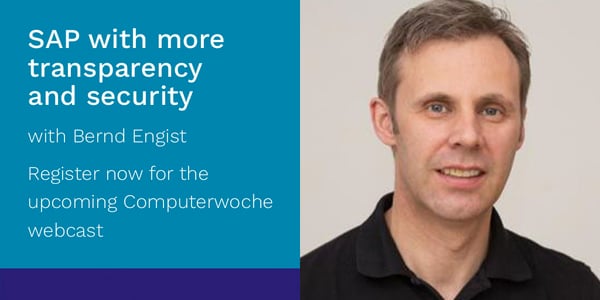More and more companies are relying on cloud solutions: 73 percent of companies in Germany had moved to a cloud solution in 2019. However, the move to the cloud is a long, long road that can take years to fully transition. As a result, many companies, in the meantime, are using hybrid solutions, with both on-premise and cloud solutions available during this transition.
The system landscape in companies is therefore becoming more and more complex - and with it, IT and SAP operations. Because they use everything at the same time: On-premise, cloud, managed services - such a hybrid landscape is predominant in most companies.
Automation is the key
In order to remain competitive and fit for the future, companies have to master this complexity. The automation of SAP operations can help here, as companies get more transparent and secure. It helps to provide business applications, to reduce the risk of failure of business processes and to meet the increased compliance requirements. At the same time, such an approach lowers costs and helps drive digital transformation. For example, the automation of monitoring by using intelligent dashboards helps to create transparency across all the systems and interfaces used, which, for example, a SAP operations organization would like to see.
Example IaaS / SaaS:
There have always been interfaces between systems, but IaaS and SaaS shift more or less tasks to the provider of the platform or the service. With SaaS integration, the plug-in on the on-premise system must be monitored on the one hand, and the SaaS solution on the other. In order to maintain an overview and to be able to monitor it automatically, you have to deal with the API of the SaaS solution and present the corresponding checks in an overall context. There are also connectors that ensure that data from a network-protected ERP system can even come to the SaaS solution. For SAP customers who move to IaaS, regardless of whether they are managed by themselves or whether a service provider is on board, there are new challenges: IaaS is only more cost-effective if new paradigms such as "Right Sizing" and "Tight Sizing" followed.
Automation using AIOps
Avantra offers an AIOps platform for automating SAP operations. Companies using Avantra take the leap to become self-healing IT systems that are able to monitor and manage themselves. In this way, SAP customers can optimize operational processes, make the company more efficient and improve compliance. Service providers, on the other hand, receive a uniform operations platform, whether on-premises, in the cloud, as SaaS or hybrid, which supports both the development (build) and the operating phase (run).
Bernd Engist, CTO at Avantra, will speak and demonstrate more transparency and security in SAP operations on November 9th at 11:00 a.m. in a webinar with Computerwoche.
- how CIOs are driving digital change with SAP automation
- how to make SAP processes more transparent
- why companies get more control over their systems
- why audits are optimized as a result.
Interested parties can register here for free. The live webcast is Monday, November 9th, at 11am CET.







